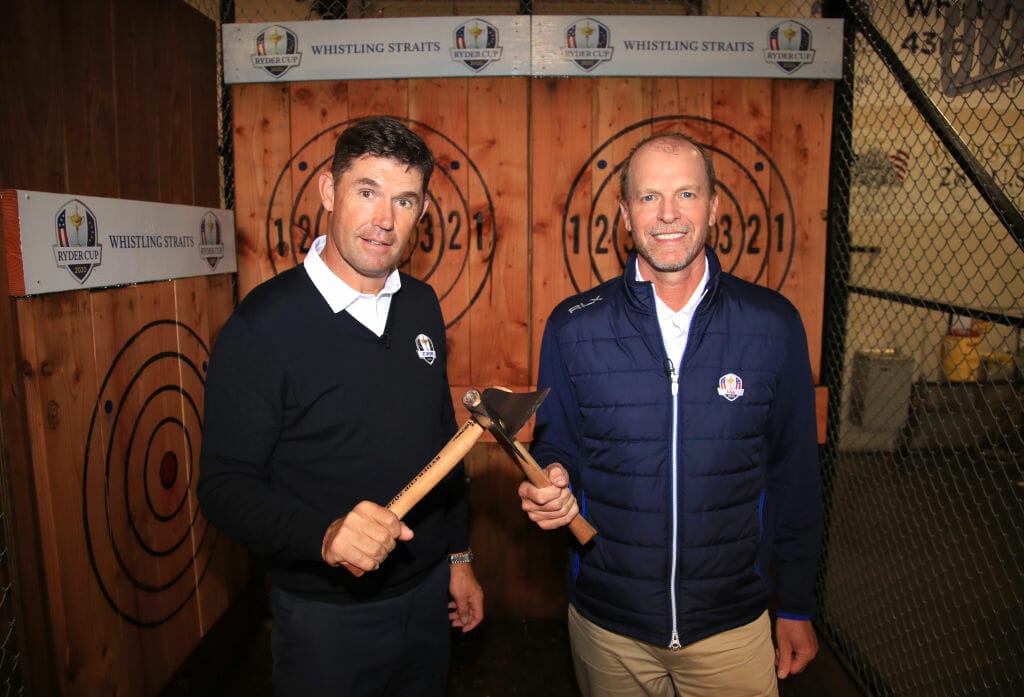By Christmas, the European Tour’s 2020 season was already three events in, though only the golf nerds (guilty as charged) among us would’ve actually realised it. The Alfred Dunhill Championship in South Africa, the Afrasia Bank Mauritius Open, and the Australian PGA Championship may not be marquee tournaments, and – Dunhill excepted – are not timely favourable to a European audience.
Add to that the relatively paltry prize funds on offer – a combined €3.5 million – and it’s easy to see why they generate few headlines this side of the world.
Without big name home stars such as Adam Scott in the Australian PGA and Louis Oosthuizen in the Alfred Dunhill, these events would be in danger of slipping out of existence entirely. Quite why the European Tour co-sanctions these events is unclear to me, but perhaps it’s a way of enticing the top up-and-coming players on these tours into the European Tour.
However, the European Tour itself has become little more than a stepping stone for those who have the quality to play and compete on the PGA Tour. Of the 11 non-Europeans to qualify for the DP World Tour Final last year, only Oosthuizen and Patrick Reed held cards to play on the PGA Tour.
For most graduates from the southern hemisphere, as soon as they earn their PGA credentials, they are gone. And who can blame them. Much like the bright lights of Hollywood, the glitz and glamour of the PGA Tour proves too much to resist for players with big talent and bigger dreams. And it’s a problem that extends to home-grown talent as well.
When the Rolex series was conceptualised, it’s hard to imagine that Keith Pelley and the luxury Swiss watch manufacturers didn’t expect to have names like McIlroy, Rose, Stenson, Garcia, Poulter and Kaymer featuring frequently throughout the series. Instead, for Europe’s big guns, it’s been a case of playing the majors and WGCs – which are co-sanctioned with the PGA Tour – and the bare minimum of additional events to meet the European Tour’s membership requirements.
The cold realisation facing Keith Pelley and Rolex is that the European Tour have now thrown 21 lavish parties, and in many cases, the intended guests of honour haven’t answered the invitation. Money, they have discovered, is not enough.
With $7 million dollars on offer, 15 of the top 70 decided not to bother going to Turkey for the first of three season ending events. A similar number declined to make the trip to Sun City the following week with $7.5 million on the table, of which the winner’s cut was $2.5 million.
Realistically, the European Tour is being kept alive by the Ryder Cup. Tour membership is a requisite for selection for the European team, and without this diktat in place, few,if any of the top players would meet the criteria. If the Rolex Series is the carrot, then the Ryder Cup is the stick.
When Rory McIlroy voiced his initial intent to forfeit his European Tour card last year, the Ryder Cup was brandished like a club. Not a playing concern, of course, as McIlroy intended to take up membership again for the 2020 season, but he would be out of consideration for captaincy in the future.
The Ryder Cup may well be Keith Pelley’s only trump card, and he’s not afraid to use it. European qualification is, of course, based on two categories. The European Points list is for points earned in European Tour sanctioned events only, and the World Points lists is for points earned in any official OWGR ranking event. For this staging of the competition, however, any OWGR points earned on events held opposite to a Rolex Series event will not count towards Ryder Cup qualification.
This is unlikely to tempt the likes of McIlroy or Rahm into events they wouldn’t otherwise have played, but for those on the periphery of qualification, it would be foolish for them to play anywhere else if they are serious about teeing it up at Whistling Straits.
But what about next year? And two years after that? What happens if the entire cohort of top European players decide to give up membership for a year? Who would blink first? Would an entire fleet of potential captains be removed?
It is an environment where the players are increasingly steering the ship. How long can the Ryder Cup keep her anchored in calm waters?
























Leave a comment